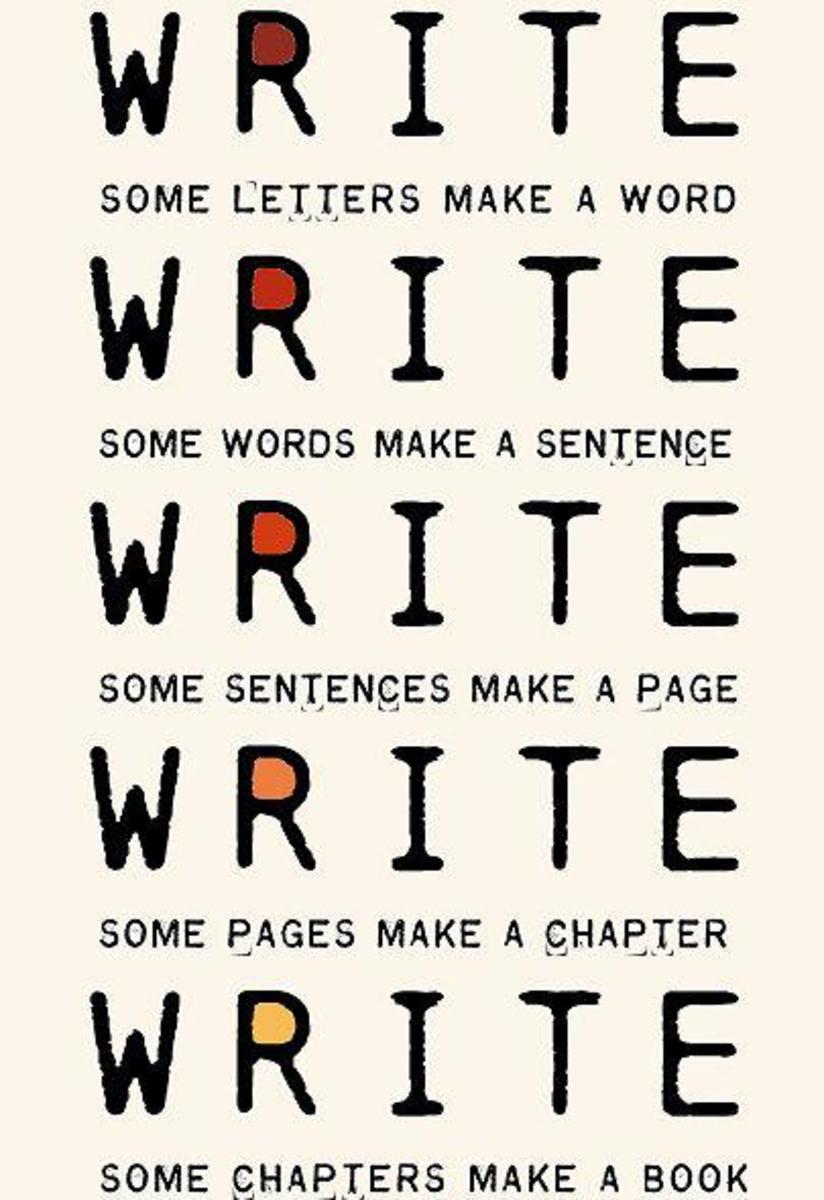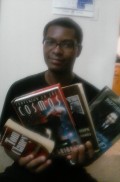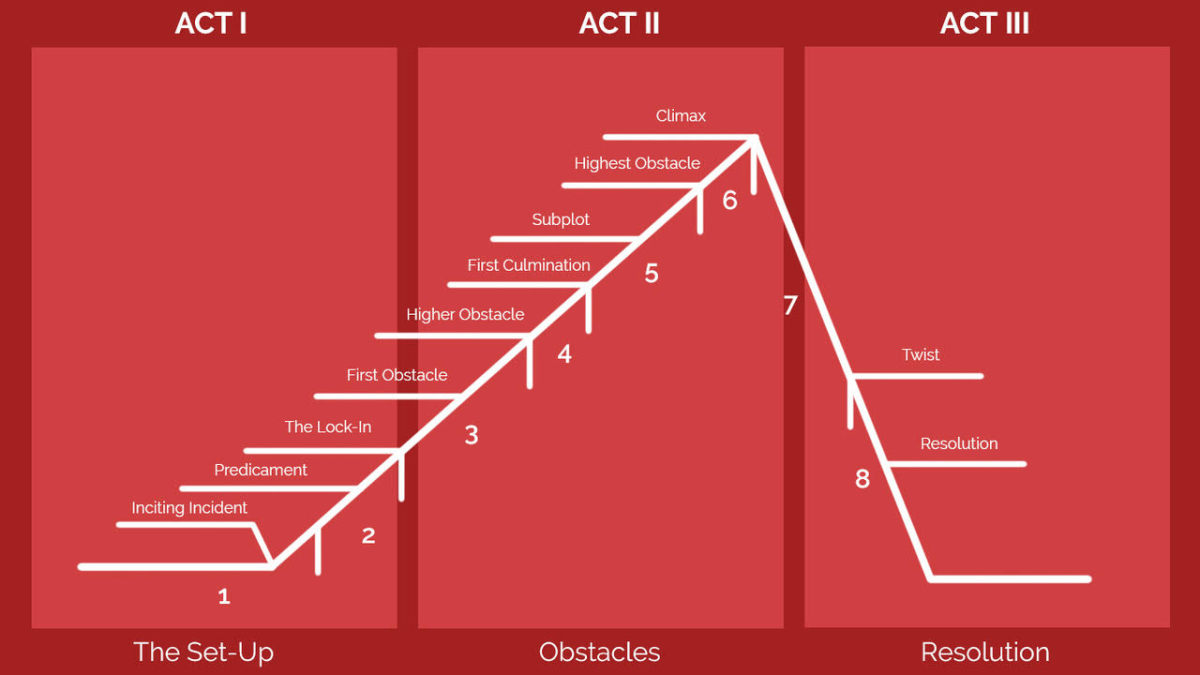How to Get Started Writing
Elements of a Novel
Intro:
Writing a novel can seem like an ambitious undertaking. In some ways, it may seem like an overly difficult and time consuming task. To help you get started writing your first novel, I've chosen a few things I've learned to help get you rolling with your writing.
Story:
While this may seem like the obvious starting point for a writer, it is important to remember that the story is ultimately what will carry the rest of the elements in the novel. Characters, environments, confrontations, tragedies, and moments of joy are all reliant on the story holding them up and stringing them together. Laying out a story, point-by-point, or even chapter-by-chapter if you have it that well hammered out in your head, is an extremely helpful tool in getting ready to write your book. While it may seem easier to write by the seat of your pants and let the story evolve, this will more often than not lead to difficulties down the road. Figure out what you want to write about, where you want to take your readers, and get those points down before you even start the project.
Setting:
The setting lets your readers get a sense of the world in which your story takes place. Within the element of the setting, authors will often find two distinct types of settings. On the whole, there is the story setting, perhaps a historical even like the Crusades, or a fictional one like the aftermath of a meteor strike. This gives readers a general idea of what is happening, a reference point from which they can trace parts of the story or characters in it. Within the story setting, there are event settings. Event settings are places where specific scenes take place during the story. Examples of event settings might be a stronghold housing the knights during the battle in the Crusades or a fallout shelter hiding characters from the meteor strike. Event settings become the chapter-to-chapter reference points of the story, charting the progress and journey the characters make throughout the novel. Getting your setting down should be the first thing you do after determining your story. Event settings can change as you progress, but keeping your story setting consistent will help keep the story cohesive as you progress.
Protagonist(s):
The protagonist, or protagonists if you have more than one, often provide much of the energy for the story. This isn't always true, as in the case of books like the Artemis Fowl series, in which case the main character is an anti-hero, but in general the protagonist represents the focus of the story. It is important to develop your protagonist prior to writing the story. What is their history? What role does their family, if any, play in their character? What are their traits or characteristics that make them interesting? These are questions every author should constantly be asking as they shape the protagonist of their story.
Antagonist:
The antagonist of your story provides the resistance against your protagonist. It is important to note that the antagonist does not necessarily have to be the Lex Luthor style supervillain. Perhaps they are not evil at all, just working against the goals of the protagonist. Perhaps they they themselves are a different protagonist at odds with the other characters in the book. Or maybe the protagonist and antagonist are one and the same, with an internal battle taking place throughout the story. Often times the antagonist helps drive the story just as much as the protagonist, if in less detail, with a little mystery added for flare.
The Objective / Goal:
Eventually, when your story ends, you need to have a final goal or objective for your story. This doesn't necessarily mean you can't have a cliff hanger, but it is important to remember that readers need closure. If the books are a series, cut up the overall story into smaller, more manageable chunks. Readers enjoy the mystery of the journey, but the author must always keep in mind that while the story is mostly about the journey, everything must eventually come to a close.
Wrap Up:
I'll be continuing this How-To series with more walkthroughs and guides. I'll also be adding a tutorial for how to design your own vector illustrated book covers using Adobe Illustrator. If you have questions, concerns, or topics you'd like to see covered, leave a comment and let me know! Thanks for reading and good luck starting up your novel.





